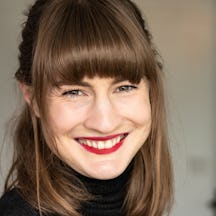Lucia Osborne-Crowley suffers from Crohn’s, a long-term illness that means her life would be in danger if she caught COVID-19. Shielding since March, she’s been able to stay safe and well. But, as the lockdown is relaxed and government support for workers winds down, she asks if people with chronic health conditions are being put at risk.

I’m clinically extremely vulnerable when it comes to coronavirus. If I caught it, the chances are I would be seriously ill. I suffer from Crohn’s disease, a condition that affects the autoimmune system and causes rampant inflammation throughout the body.
Like many Crohn’s sufferers, I am treated with prednisolone – a steroid used across different autoimmune conditions, including multiple sclerosis, lupus, rheumatoid arthritis and some cancers. Prednisolone treats Crohn’s disease both by reducing inflammation and by suppressing the body’s immune system, so it is less likely to attack its own tissue.
Because of the condition I have and the 40mg of prednisolone I take every day to treat it, I am both more likely to contract COVID-19 than a typical 28-year-old and more likely to have severe complications from the disease if I do become infected.
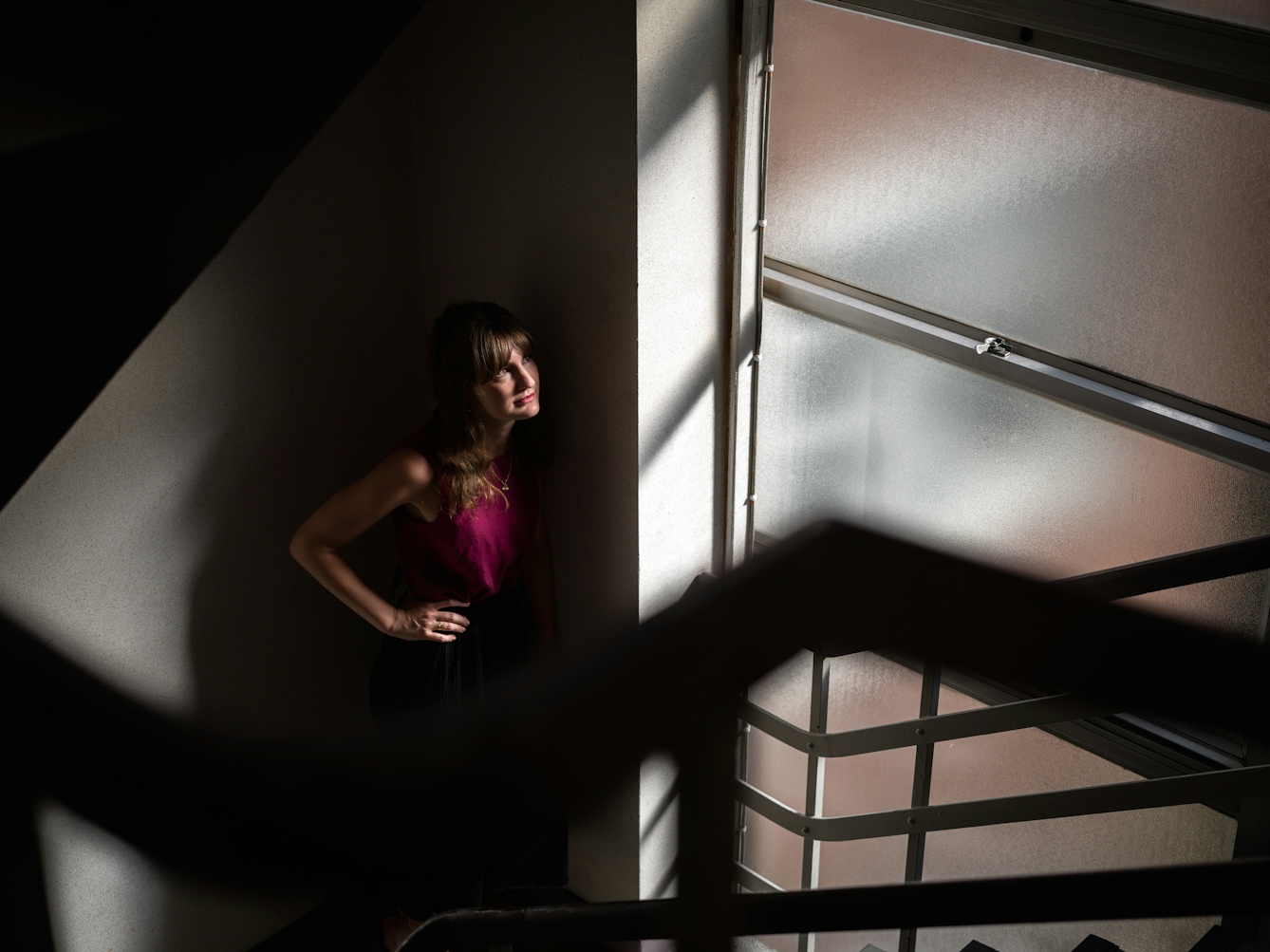
“I’m clinically extremely vulnerable when it comes to coronavirus. If I caught it, the chances are I would be seriously ill.”
During the pandemic I have been very, very careful. I have been in isolation since I flew home to London from a book tour in Australia on 11 March. At the beginning of this period, I knew that I would fare better than most in isolation, as I have spent so much of the last ten years in hospital or in recovery at home.
But the truth is that all those years of training were not enough. I’ve never felt as lonely as I have these past few months. And as the UK government eases lockdown measures and asks those who cannot work from home to return to work, I know that the risk to me if I go out will only increase, and the loneliness will magnify as I watch my friends meet in parks and pubs. The government eased restrictions on those who are shielding on 6 July, but given the likelihood of a second wave, even those small changes make me nervous and I’m not sure I will feel able to take the extra risks I will be technically permitted.
Immunosuppression and increased danger
In a COVID-19 world, my chronic condition has transformed from a long-term illness into an acutely life-threatening one. Despite this, these last few months have been some of the most restful and restorative I’ve had in years, from a health perspective.
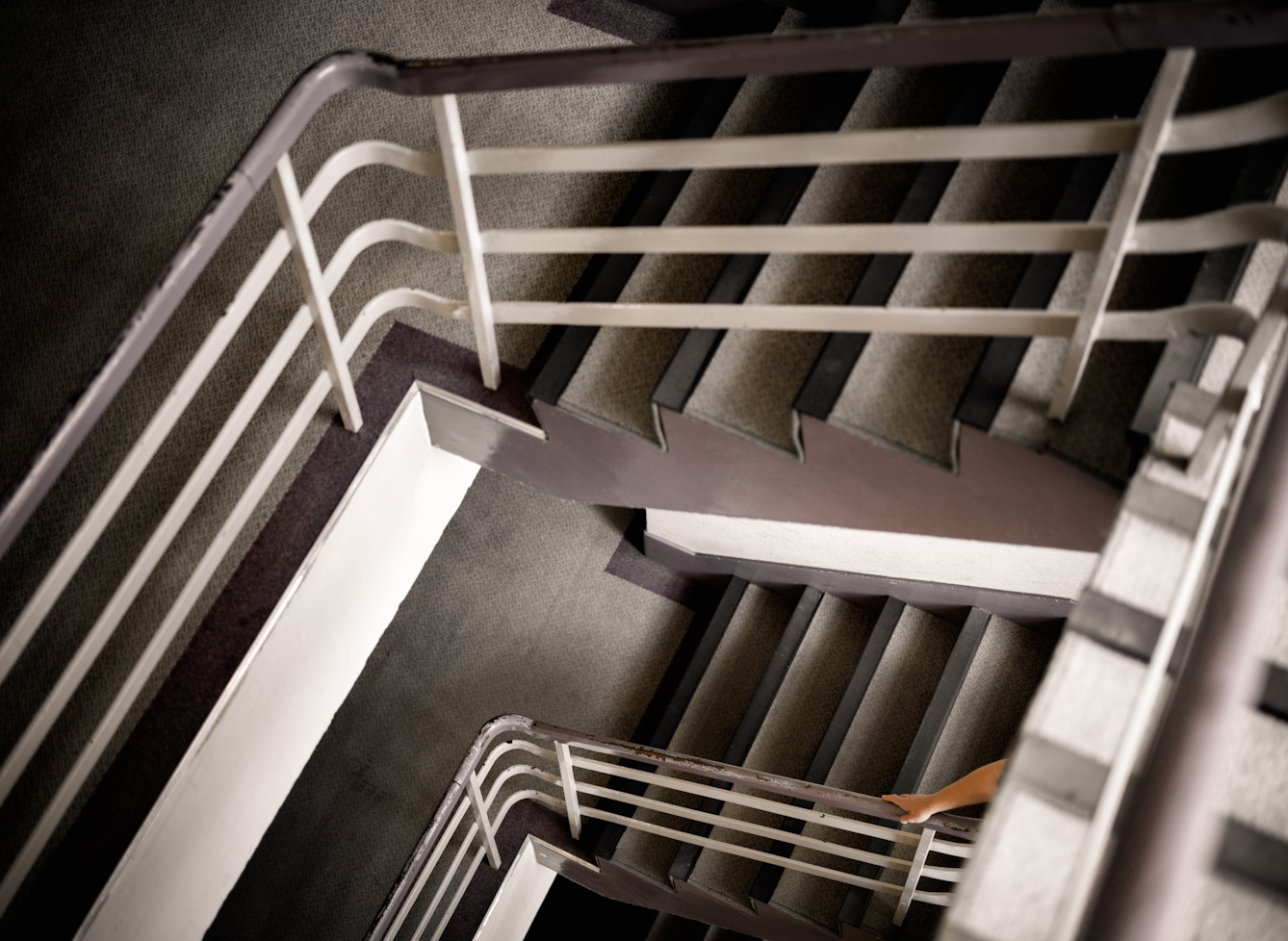
“Vulnerable patients could be forced to go back to work; onto buses and trains and expose themselves to a deadly virus made deadlier for them by the fact of their disability or disease.”
This is because I have been able to work from home and manage the chronic abdominal pain I experience as a result of Crohn’s disease. It’s because I have been able to rest when my body and overactive immune system exhaust me. It’s because I was able to buy myself a cross trainer so I can exercise indoors and stay healthy without increasing my exposure to the virus.
It’s amazing how much difference these accommodations – ones I have always been afraid to ask for, or have been denied – have improved my health. I hope we can normalise this in the post-COVID world, knowing as we now do that it is possible to adapt the normal state of things if someone’s ill health demands it.
A perilous economic choice
In some ways my chronic illness makes me unlucky. But what this pandemic has shown me more clearly than ever is how much the experience of illness is dependent on the privileges afforded by circumstance.
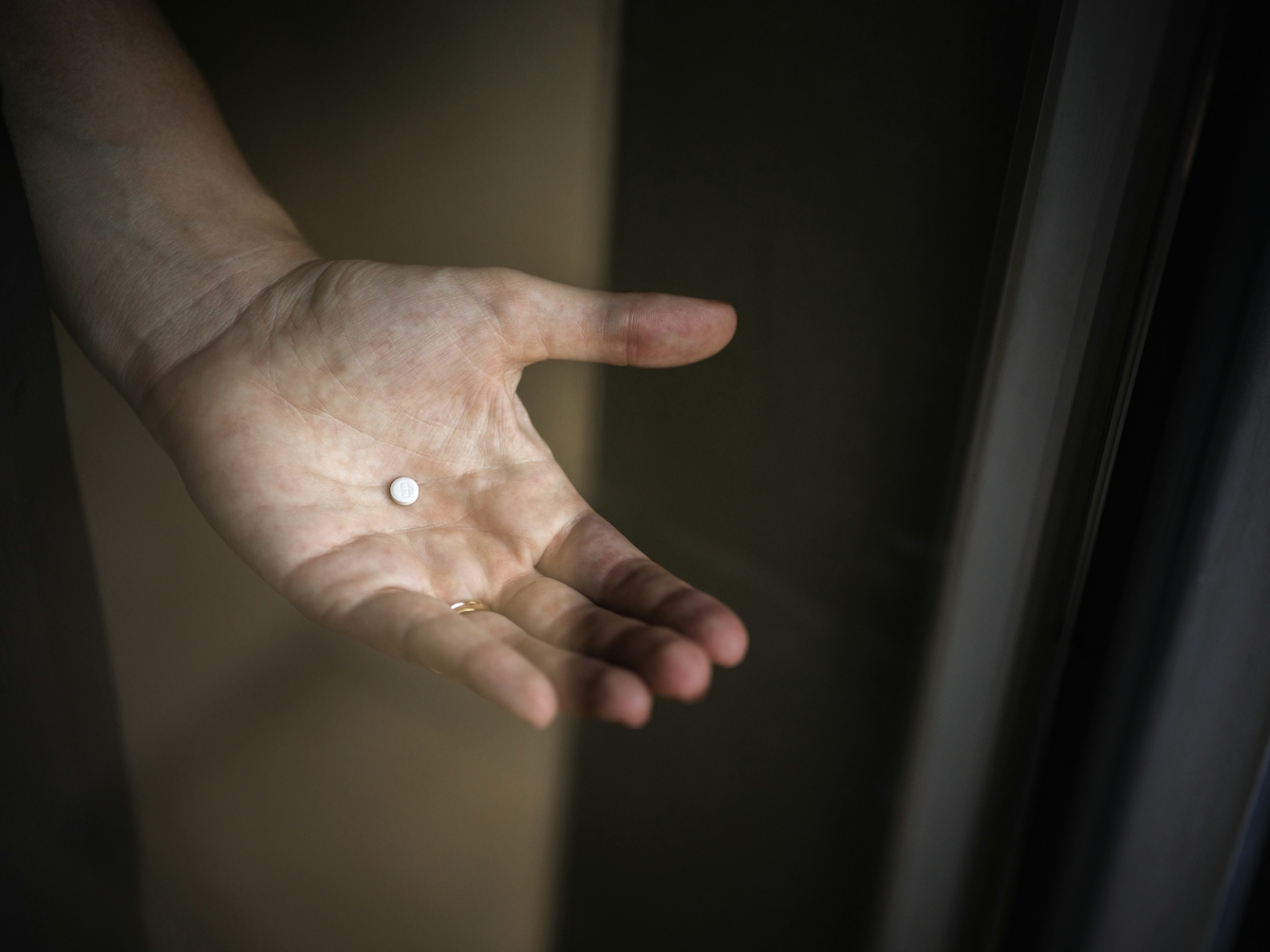
“The 40mg of prednisolone I take every day makes me both more likely to contract COVID-19 and more likely to have severe complications from the disease if I do.”
From August, government grants to cover part of the wages of those who cannot work will be scaled back, including for the immunocompromised and those with underlying health conditions. Clinically vulnerable patients across the UK could be forced to go back to work; to scramble onto buses and trains and expose themselves to a deadly virus made deadlier for them by the fact of their disability or disease.
Some people are at even greater risk than others. In June we found out for sure what doctors across the UK already knew: that people from BAME communities are much more likely to die from COVID-19 than their white counterparts.
I wanted to find out more about how easing lockdown will impact vulnerable patients and so I asked Paul Griffiths, a professor of virology at University College London. He told me that it will separate vulnerable patients into two groups: those who can afford to stay away from work for longer in order to stay safe, and those who cannot.
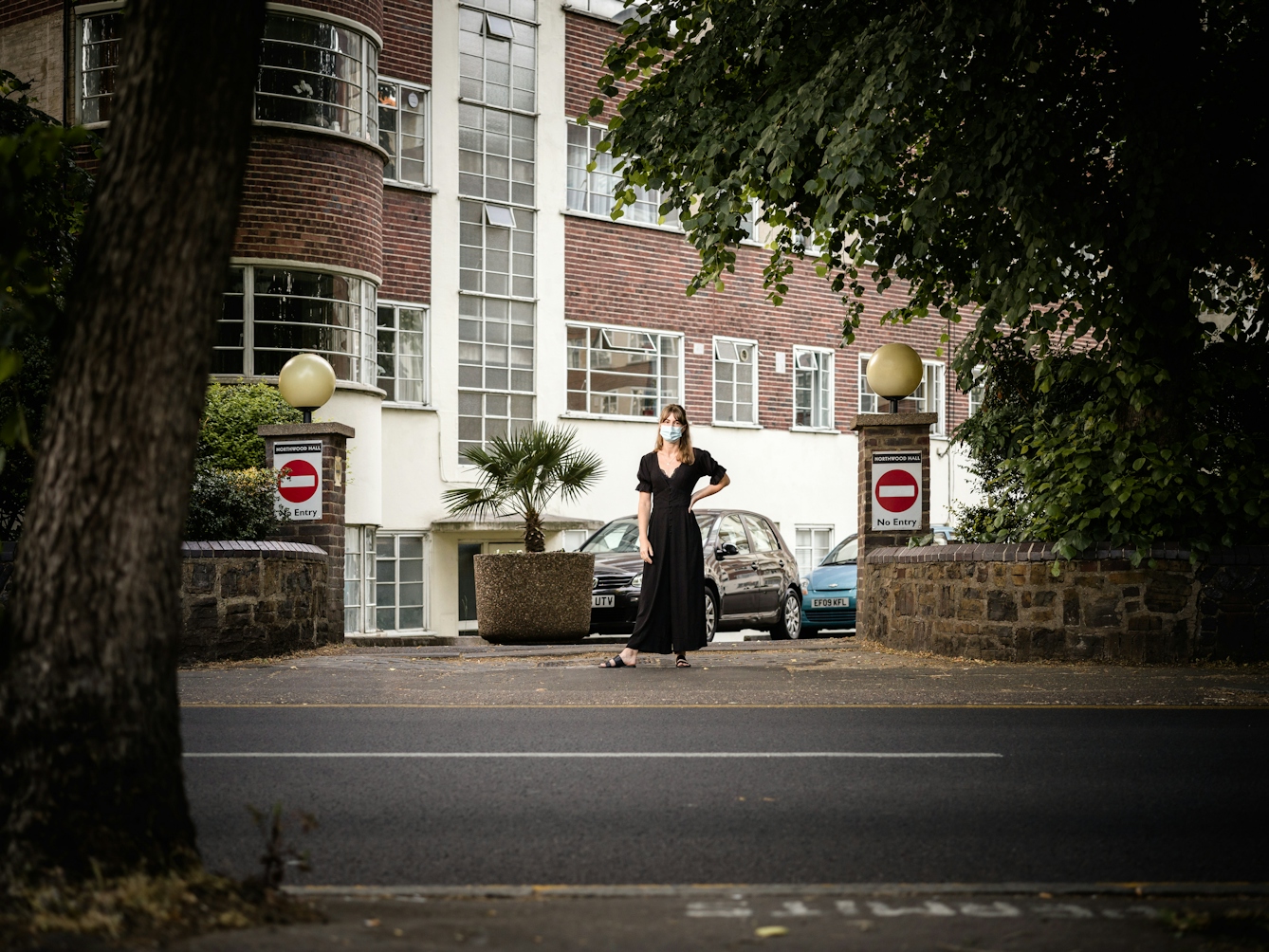
“As the government begins to ease lockdown and asks those who cannot work from home to return to work, I know that the risk to me if I go out will only increase in the coming weeks.”
“There will be whole groups of people who understand that their underlying health condition or immunosuppressant medication means it is not safe for them to return to work, but they do not have the safety net of having money in the bank,” Griffiths said.
“They will be forced to return to work even though they are not comfortable doing so.”
I can’t stop thinking about how unjust this is. Although Crohn’s makes me clinically vulnerable, I ultimately won’t be forced to put my life at risk in this way because I have a job that allows me to work from home for as long as I need to. At a time when I could be in extreme danger because of my ill health, I am safe because of my middle-class privilege and my white privilege, and the structural protections both regularly confer on me.
Don’t let anyone tell you we are all in this together, because we aren’t. Safety from this virus is not just about age or disability or any other risk factor associated with our biology. More than anything, protection is given to those who can afford it. As Gary Younge wrote in the New Statesman, “It is not the virus that discriminates. It is society.”
About the contributors
Lucia Osborne-Crowley
Lucia Osborne-Crowley is a writer and journalist. Her first book, ‘I Choose Elena’, was published in 2019. Her second book, ‘My Body Keeps Your Secrets’, will be published in 2020. Her news reporting and literary work has appeared in Granta, GQ, the Sunday Times, HuffPost UK, the Guardian, ABC News, Meanjin, The Lifted Brow and others.
Thomas S G Farnetti
Thomas is a London-based photographer working for Wellcome. He thrives when collaborating on projects and visual stories. He hails from Italy via the North East of England.
